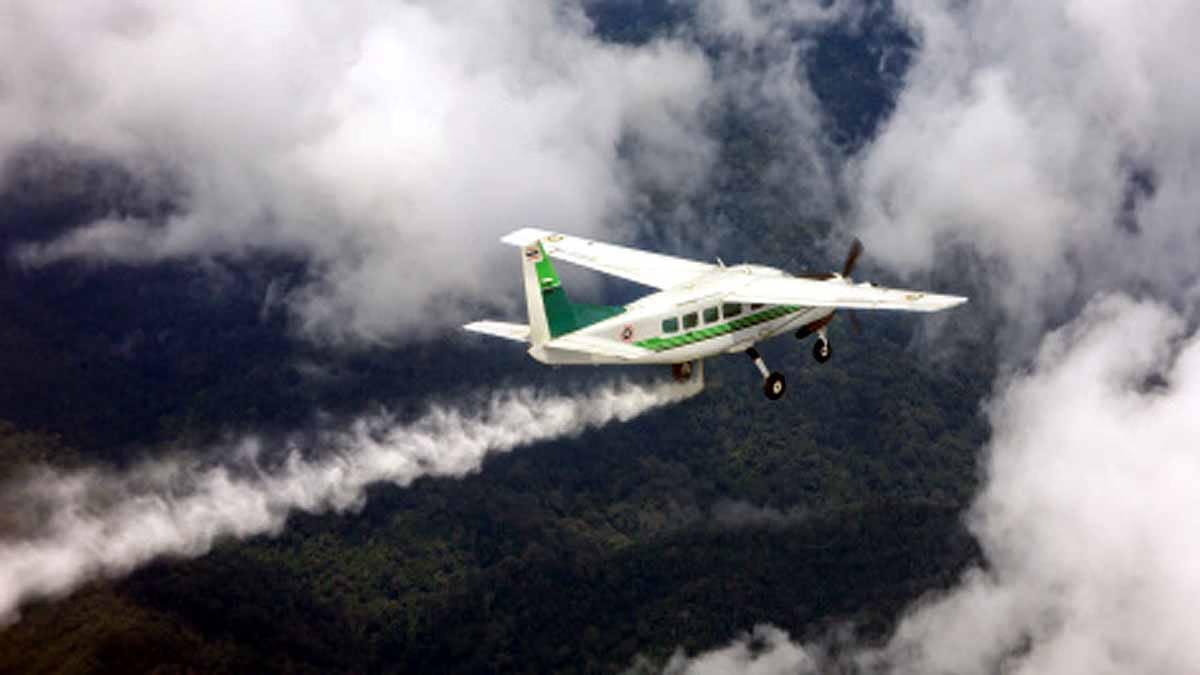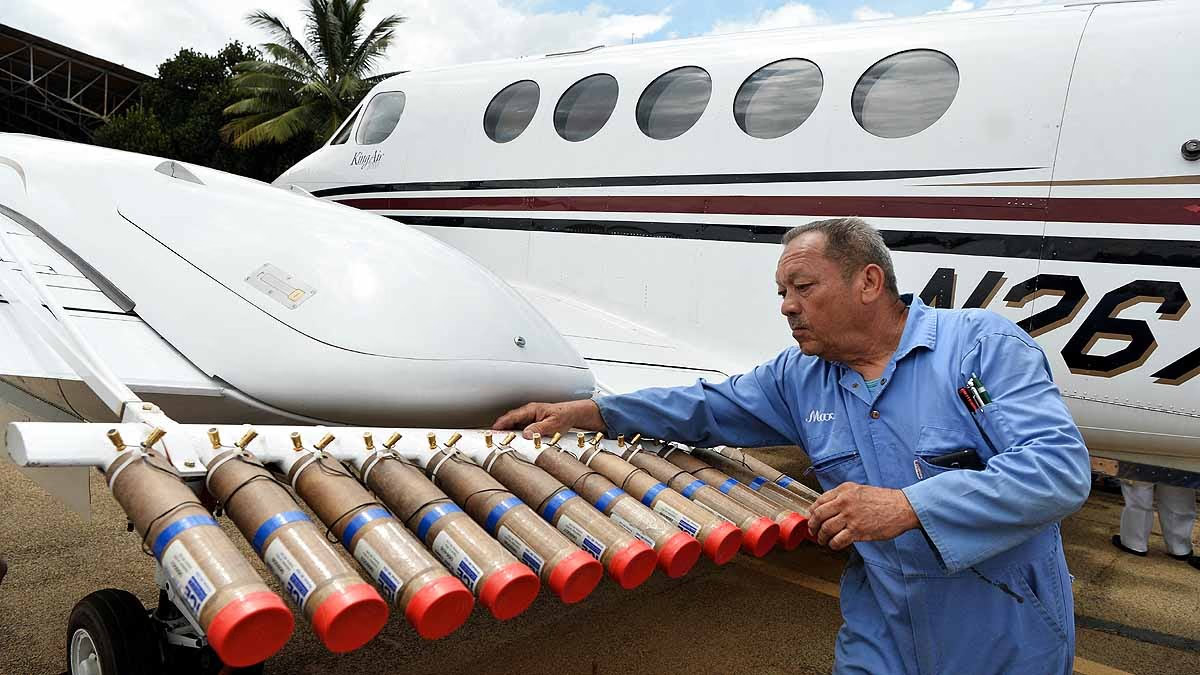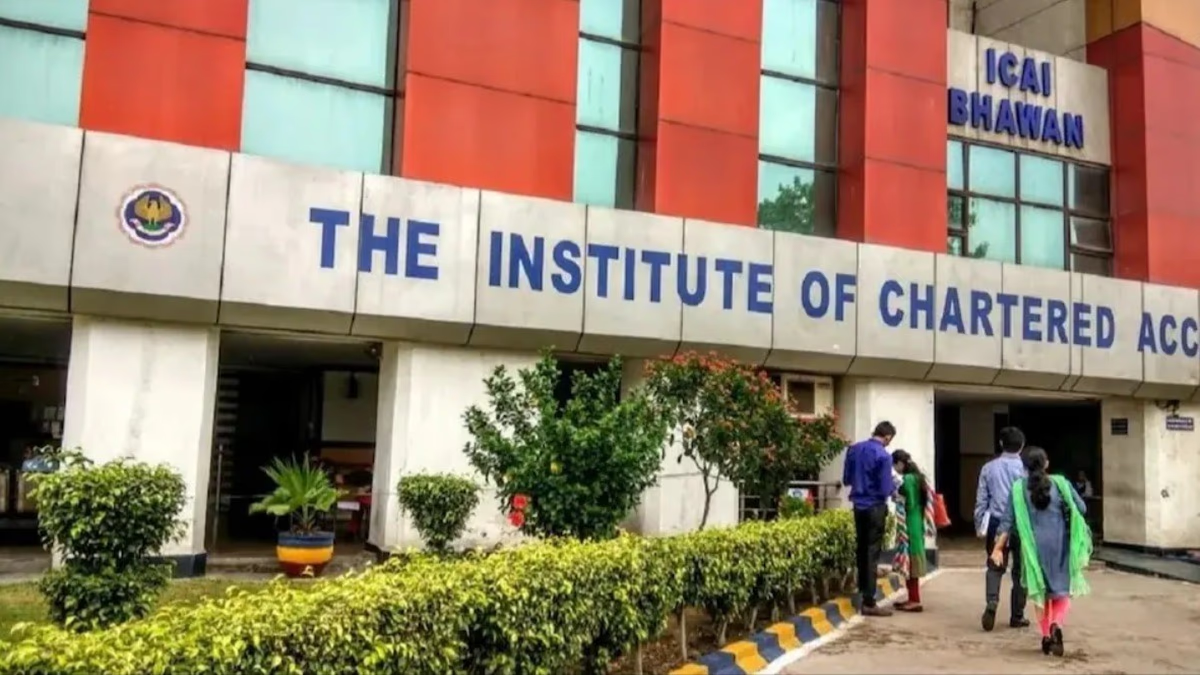Every winter, Delhi's pollution becomes a major headache, turning the air hazardous after Diwali and making it difficult to breathe. To address this, the Delhi government is using cloud seeding to induce artificial rain. This innovative method involves dispersing chemicals into the clouds. The exciting part is that there will be 8-10 chemical packets in the aircraft, which will be activated to release a substance that encourages rainfall. On October 23, 2025, a specially equipped plane traveled from Kanpur to Meerut and is set to demonstrate this magical technology within the next three days.
Cloud seeding is a weather-modification technique where chemicals are injected into moist clouds to combine water droplets, making them heavy enough to fall as rain. Unlike natural rain, this process involves human intervention. This initiative in Delhi aims to clear the overwhelming pollution that plagues the city. Funded with a budget of ₹3.21 crore, the project is a joint effort by IIT Kanpur, IMD, and the Delhi government.
Read More: Delhi: How cloud seeding rain differs from natural rain and what could go wrong

Source: aajtak
The project relies on five modified Cessna planes, each featuring a 90-minute flight duration. At the core of this approach...
1. Preparation
Underneath each aircraft's wings are 8 to 10 compartments or packets filled with chemicals – primarily silver iodide, potassium iodide, or dry ice (cold carbon dioxide). Occasionally, salt is used as well. These substances act as 'seeds' for raindrop formation.
Read More: The only country with three air forces, unmatched globally
2. Flight Plan
The aircraft navigates through moist clouds, focusing on polluted areas within Delhi-NCR, such as Northwest Delhi. Each mission covers an area of 100 square kilometers at altitudes of 3-5 kilometers.

Source: aajtak
3. The Magic of the Blast
A button is pressed, causing the packets to blast and release chemicals into the clouds. These particles attach to the water droplets, forming larger raindrops that eventually precipitate. This process kicks off in 20-30 minutes, with the resultant rain washing away pollutants like PM2.5.
The air gets a fresh lease: Rain will cleanse smoke, dust, and toxic particles, significantly improving Delhi's Air Quality Index (AQI) which often ranges between 300-400, dangerously high. Successful seeding can lower it to about 100-200, focusing only on polluted zones without soaking the entire city. Countries like China and the UAE have long employed this method. Notably, during the 2008 Olympics, China reduced pollution by 40% using similar techniques.




